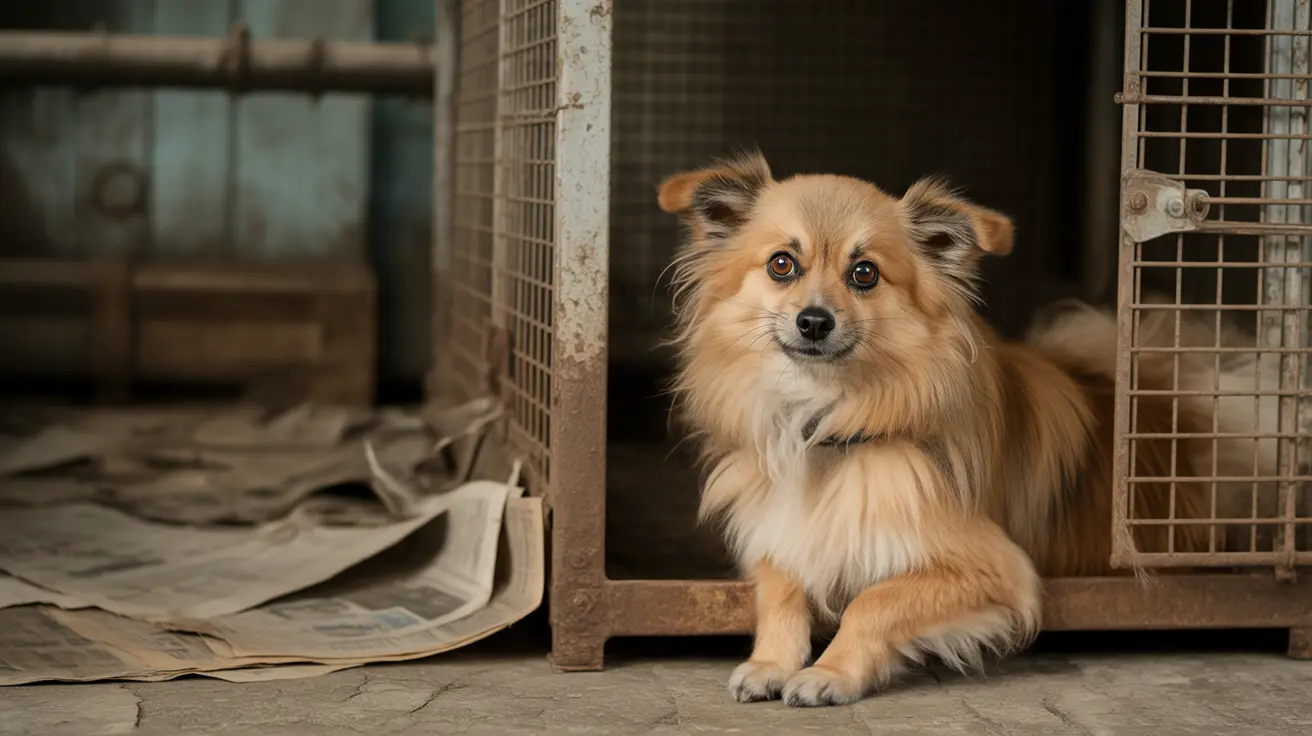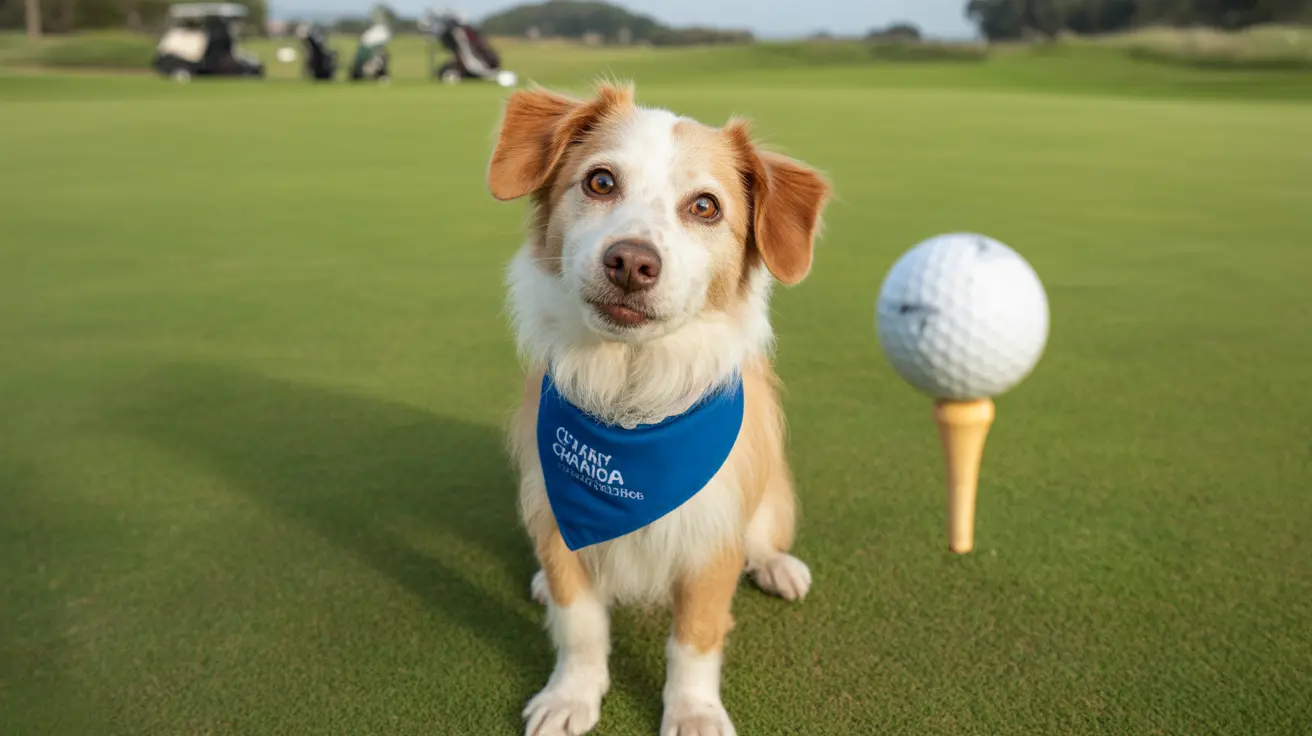When your dog stops breathing, knowing how to perform artificial respiration could mean the difference between life and death. This critical emergency procedure, also known as rescue breathing, is an essential skill for every dog owner to understand and be prepared to implement.
In this comprehensive guide, we'll walk through the step-by-step process of performing artificial respiration for dogs, helping you be prepared for emergency situations while understanding when and how to apply this life-saving technique.
Understanding Artificial Respiration for Dogs
Artificial respiration is a emergency procedure used when a dog has stopped breathing but may still have a heartbeat. This technique involves manually providing oxygen to your dog's lungs to prevent organ damage and maintain vital functions until professional veterinary care can be accessed.
Unlike full CPR, which includes chest compressions, artificial respiration focuses solely on maintaining oxygen flow to your dog's vital organs through rescue breathing techniques.
When to Perform Rescue Breathing
Recognizing the signs that your dog needs artificial respiration is crucial. Look for:
- Absence of breathing
- Blue or pale gums
- Unconsciousness
- No visible chest movement
- Unresponsiveness to stimulation
Step-by-Step Guide to Performing Artificial Respiration
1. Check and Clear the Airway
First, ensure your dog's airway is clear of any obstructions. Gently open their mouth and check for foreign objects. If you find anything, carefully remove it.
2. Position Your Dog Correctly
Place your dog on their side on a flat surface. Straighten their neck to create a clear airway path, but be careful not to overextend it.
3. Begin Rescue Breathing
Close your dog's mouth firmly with one hand. Create a seal over their nose with your mouth and breathe steadily into their nostrils. Watch for their chest to rise, indicating successful air delivery.
4. Maintain Proper Rhythm
For rescue breathing alone, provide approximately 20 breaths per minute. If combining with CPR, follow a ratio of 30 chest compressions to 2 breaths.
Monitoring and Continuing Care
While performing artificial respiration, continuously monitor your dog for:
- Signs of spontaneous breathing
- Return of consciousness
- Improvement in gum color
- Chest movement
Even if your dog begins breathing on their own, immediate veterinary care is essential.
Prevention and Preparation
The best way to handle emergencies is to be prepared:
- Take a pet first aid course
- Keep emergency veterinary numbers readily available
- Learn to recognize early signs of respiratory distress
- Have a plan for emergency transport
Frequently Asked Questions
How do you perform artificial respiration (rescue breathing) on a dog that has stopped breathing?
Cover the dog's nose with your mouth, close their mouth, and breathe steadily into their nostrils. Deliver about 20 breaths per minute, watching for chest rise with each breath. Ensure the dog is positioned on their side with a straightened neck.
When should I start artificial respiration or CPR for my dog?
Start artificial respiration immediately if your dog is unconscious and not breathing. Check for breathing and responsiveness first, and begin rescue breathing if these are absent, even if there's still a heartbeat.
What are the signs that my dog needs rescue breathing or CPR?
Key signs include no visible breathing, unconsciousness, blue or pale gums, no chest movement, and complete unresponsiveness to stimulation.
Can I use the same techniques as human rescue breathing for my dog?
While the principle is similar, the technique differs slightly. For dogs, you'll breathe into their nose rather than mouth, and the force of breaths should be adjusted based on the dog's size.
How long should I continue artificial respiration or CPR on my dog before seeking veterinary help?
Begin seeking emergency veterinary care immediately while continuing rescue efforts. Ideally, have someone call for help while you perform artificial respiration. Continue the procedure until you reach veterinary care or the dog begins breathing independently.
Conclusion
Artificial respiration is a crucial skill that can save your dog's life in an emergency. While it's essential to know these techniques, remember that they're not a substitute for professional veterinary care. Always seek immediate medical attention while providing emergency care to give your dog the best chance of survival.






